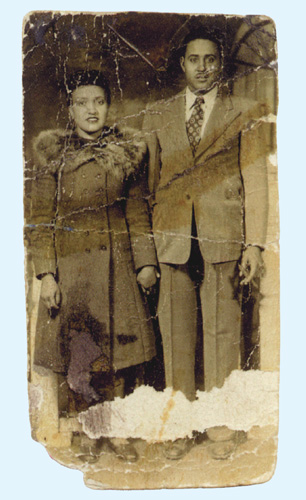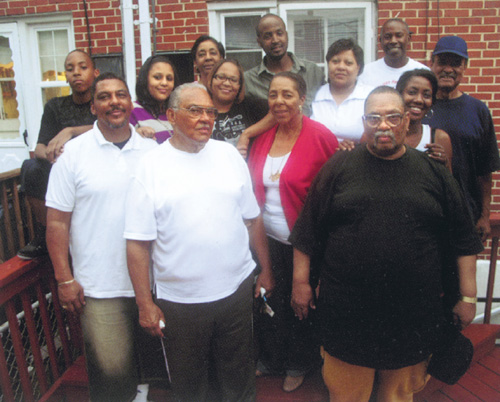
This Article From Issue
March-April 2012
Volume 100, Number 2
Page 167
DOI: 10.1511/2012.95.167
Rebecca Skloot’s book, The Immortal Life of Henrietta Lacks (Broadway Books, $26 cloth, $16 paper), was published in 2010 and spent its first year on the New York Times bestseller list. And with good reason: The book has an epic quality that brings to mind Richard Rhodes’s Pulitzer Prize–winning The Making of the Atomic Bomb . Like that book, this one is big and sprawling, it tells the story of scientific research that changed the world, and it uses vivid detail to bring to life its human protagonists with writerly skill worthy of a novelist. But where Rhodes, following the classic conventions of science journalism, created vivid portraits of elite scientists whom he placed at the center of his narrative, Skloot breaks with those conventions by making her story’s center of gravity a poor, scarcely literate African American woman, Henrietta Lacks. Her virulent cervical cancer enabled the culturing of the first human cell line to be immortalized—reproduced in identical form over and over for use in an astonishing array of experiments.

Lacks did not know that her cells had been cultured. Neither did her family until they found out by accident a quarter of a century after Lacks’s death. By then freezer after freezer had been filled with Lacks’s cell line, that cell line had enabled momentous breakthroughs in biomedical science and great fortunes had been made in the process, with none of the money going to the Lacks family.

Skloot’s book interweaves with magisterial skill four different stories: the personal story of Henrietta Lacks and her family; the scientific story of the HeLa cells, as they came to be called, that were cultured from her body and the biomedical breakthroughs that followed; an American story of racial discrimination; and a social history of evolving research ethics over half a century. Throughout, Skloot operates like a journalistic detective, gradually winning the confidence of the Lacks family while unearthing skeletons in the biomedical closet. Although some of the experiments she describes are shocking, Skloot writes with humanizing warmth and empathy about all her subjects, resisting the traps of lazy moralism and sanctimonious judgment. The afterword on current controversies over informed consent and the commodification of biomedicine should be required reading for all students in the field.
If you haven’t gotten around to reading The Immortal Life of Henrietta Lacks, make it first on the list of science books you read this year.

American Scientist Comments and Discussion
To discuss our articles or comment on them, please share them and tag American Scientist on social media platforms. Here are links to our profiles on Twitter, Facebook, and LinkedIn.
If we re-share your post, we will moderate comments/discussion following our comments policy.